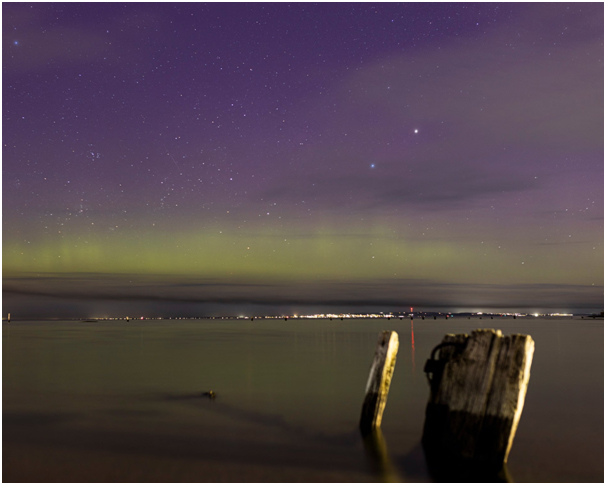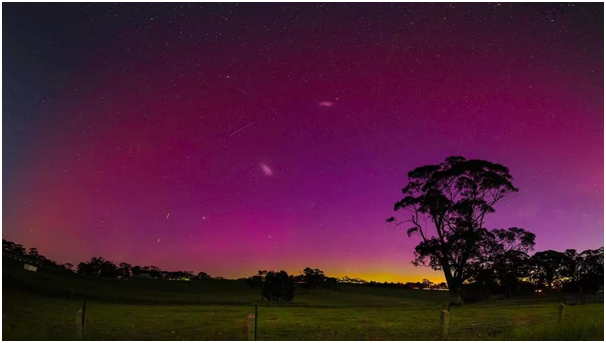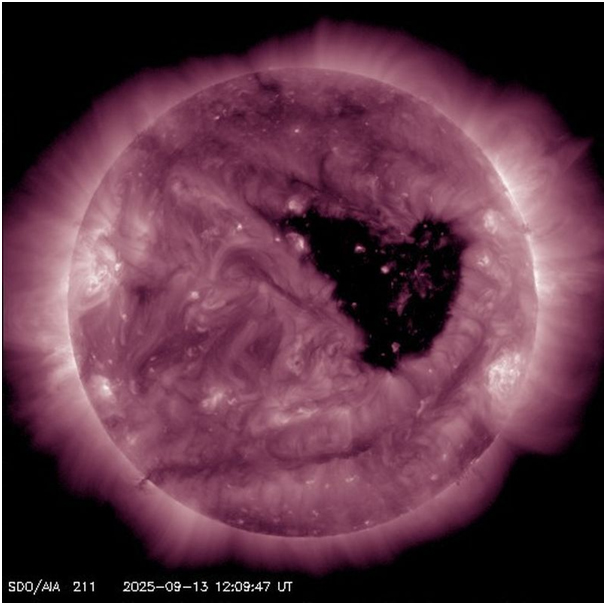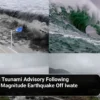The spectacular aurora australis, known as the Southern Lights, appeared across parts of Southern Australia on Wednesday night, November 12, 2025. This rare celestial event was caused by a severe geomagnetic storm triggered by solar activity, lighting the sky in hues of pink, green and violet. Anyone who missed the show on Wednesday has one last chance tonight, November 13, to witness this natural phenomenon once more. The Australian Bureau of Meteorology (BoM) has forecast another night of severe geomagnetic storms, providing ideal conditions for aurora sightings.

Aurora Australis seen above Werribee South Beach in Victoria
Aurora Australis Explained
The aurora australis occurs when charged particles from the sun collide with Earth’s atmosphere. The collisions excite oxygen and nitrogen molecules, causing them to glow in different colours. Oxygen typically emits green or red light, while nitrogen causes purple and blue hues. Dr Stuart Webb from the BoM described the recent display as “quite an intense geomagnetic storm, one of the largest that we’ve seen in recent years.”

Dr Laura Driessen, astronomer at the Sydney Institute for Astronomy, noted the storm’s strength allows auroras to be visible much further north than usual. Typically seen near the poles, this event was viewed as far north as New South Wales and even Western Australia. The sun is currently in a particularly active phase of its 11-year solar cycle, known as a solar maximum. This activity peaked in October 2024 but remains elevated, increasing the frequency of geomagnetic storms.
🌌 Stunning hyperlapse footage captured the Aurora Australis lighting up the skies over Connewarre, Victoria 🇦🇺 — a rare sight this far north!
The Australian Space Weather Forecasting Centre has issued an Aurora Alert, saying the southern lights may be visible from unusually low… pic.twitter.com/fa55jKPnbB
— SG News (@SGNews123) November 13, 2025
Where to See the Aurora
Ideal viewing conditions require a dark, clear sky with minimal light pollution and a clear view of the southern horizon. City lights often obscure the aurora’s subtle colours. Remote beaches, coastal cliffs or national parks offer the best vantage points. The BoM predicts optimal viewing times between 8 pm and 8.30 pm Australian Eastern Summer Time (AEST), especially in southern and coastal areas.
In urban centres such as Sydney or Melbourne, the aurora appears faint or might not be visible at all. However, sightings were reported above natural landmarks like the Three Sisters in Katoomba, New South Wales, on Wednesday night. Displays of the aurora australis can last from 15 minutes to several hours, but appear without warning, so patience and readiness are necessary for those chasing the lights.

Aurora australis at Mount Barker, South Australia
Scientific Significance
The recent G4-class geomagnetic storm is the second-highest category on the geomagnetic storm scale, which ranges from G1 to G5. Severe storms like this occur when solar flares or coronal mass ejections (CMEs) release charged particles that interact with Earth’s magnetic field. These particles energise atmospheric gases, creating the vivid lights seen during an aurora.
Matt Woods from the Perth Observatory explained that the current solar maximum phase means heightened solar flare activity. May 2024 saw an even stronger G5 geomagnetic storm, the most intense in two decades according to NASA. While solar activity has been quieter recently, experts say we remain in a period of elevated activity with potential for future storms.

Auroras are caused by particles from a geomagnetic storm interacting with the Earth’s magnetic field
Future Aurora Australis Sightings
Auroras are difficult to predict far in advance. The Australian Space Weather Forecasting Centre notes geomagnetic storms can usually only be forecast a day or two ahead, based on monitoring solar events such as CMEs or coronal holes. Despite this challenge, the sun’s active phase suggests more aurora events will occur in the coming months.
Space weather enthusiasts are advised to monitor updates from NASA, the Australian Bureau of Meteorology Space Weather Service, and dedicated aurora-tracking apps or websites. These resources provide the latest alerts, watches and outlooks to help observers plan for sightings.
Also Read: Adult Sentencing for Under 18s Victoria Targets Serious Youth Crime
Final Words
The aurora australis provides a rare and captivating display for Australians living far from the polar regions. The one last chance to see the lights tonight follows an intense geomagnetic storm that created breathtaking views across the southern states. The event highlights the powerful solar activity currently influencing Earth’s atmosphere, part of an ongoing solar maximum phase. Stargazers should seek dark skies away from city lights, with the best viewing window between 8 pm and 8.30 pm AEST. With the sun’s activity remaining high, more opportunities to witness the Southern Lights are likely to arise soon.












